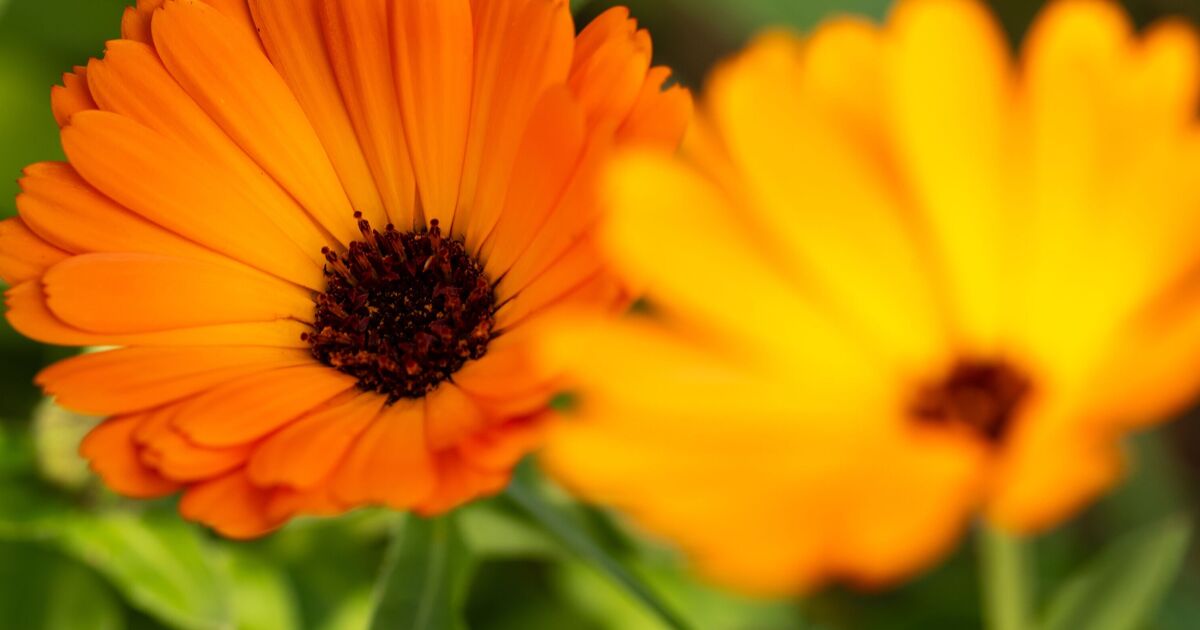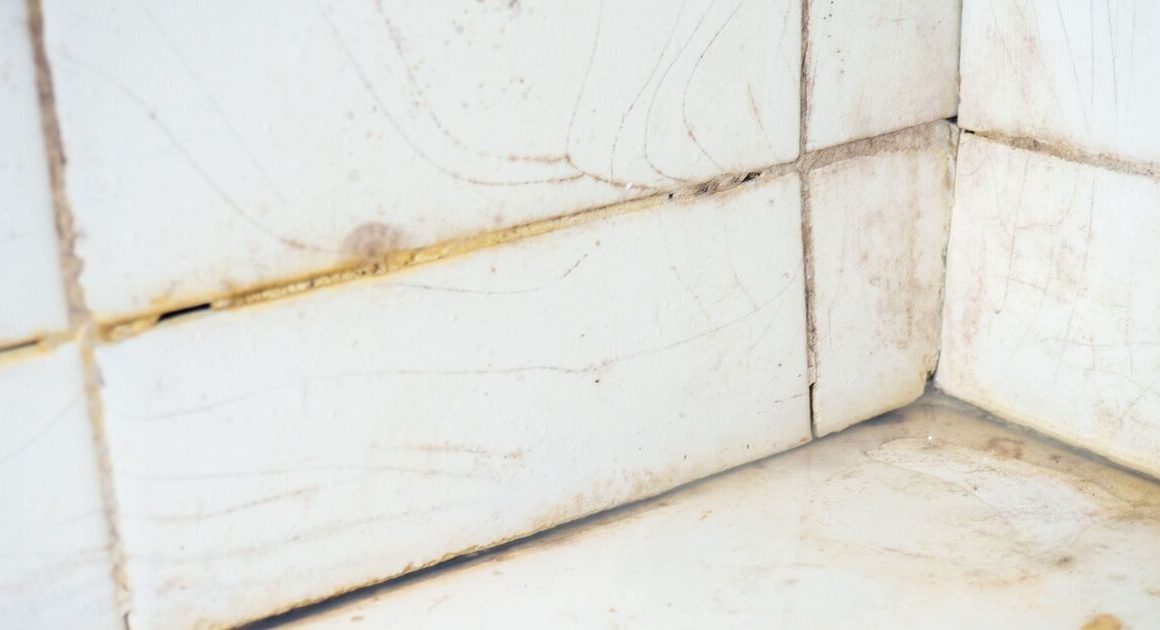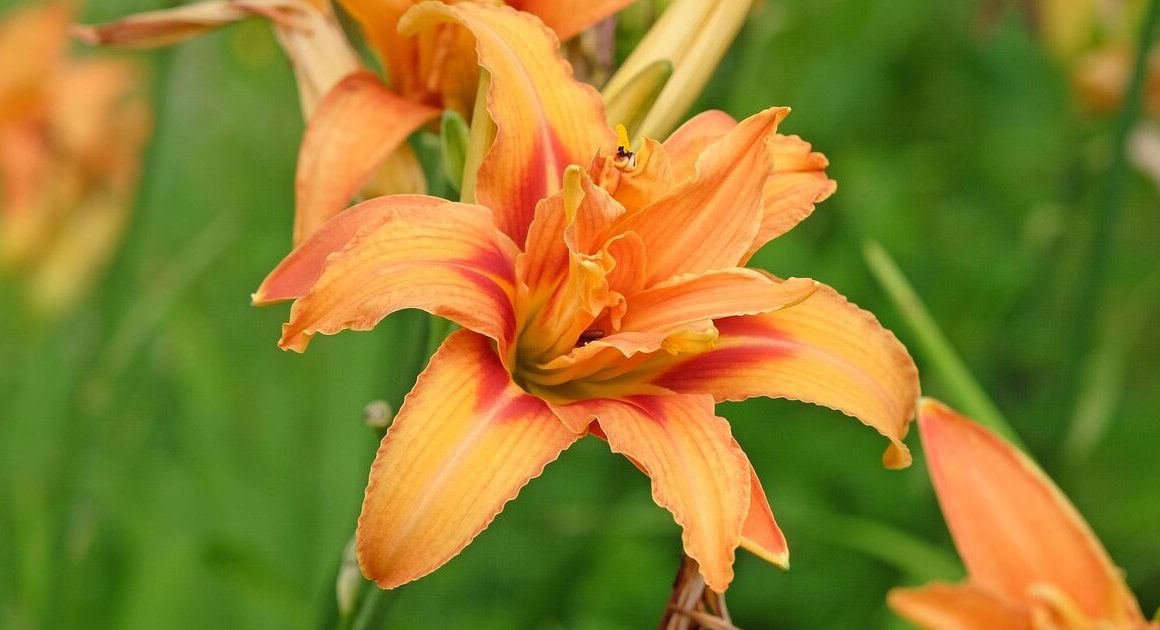Gardeners are being told to plant one flower that is “better than bug spray” at keeping pests away.
Expert Benedict Vanheems says if he had to plant one flower, it would have to be easy to grow, edible, protect other plants and “look amazing”. Benedict says there is one flower that matches his needs.
He says the calendula, also known as the pot marigold, is a “secret powerhouse” in his garden. Benedict says the flower offers a “fantastic range of benefits” for any plot.
In a video on his GrowVeg YouTube channel, Benedict said: “Calendulas are real bug magnets, attracting pollinating insects like bees that will go on to boost pollination rates of fruiting and podding crops, everything from beans to tomatoes.
“Calendula can also help to protect our plants by attracting in pest predators, the sort that munch on common soft-bodied pests like aphids.”
Benedict highlighted a study that found cabbages grown alongside calendulas had fewer issues with pests such as aphids as well as caterpillars. The 2009 study found calendulas protected cabbages from flea beetles as well as white butterflies.
It said: “More winged aphids and more colonizers were recovered from the plots with cabbage alone than from cabbage intercropped. The total number of aphids occurring on plots intercropped with tagetes was 2-7 times less and with calendula was 8-24 times less than in the monoculture.”
This, Benedict says, means anyone wanting to grow crops from the cabbage family, such as collards, cauliflower and broccoli should consider adding calendulas into their garden. The flowers are also said to be good for people wanting to grow their own tomatoes.
Benedict added: “Think of calendula as a sort of insurance policy, guarding against calamitous pest invasions, not only by luring pests away, but by also attracting pest predators, so the likes of ladybugs or ladybirds, lace wings, hoverflies, that will then make a meal of those pests. How convenient!”
How to sow calendula?
Benedict says the fossil-shaped seeds can be sown directly into the soil between early and mid-spring. The calendula, he explains, can grow in any time of soil but does need good drainage.
He warns gardeners to keep a tab on the flower and make sure the soil is kept watered to help it grow. However, gardeners wanting to get a head start on their flowers this year can sow the seeds into pot or plug trays.
The flower also self-seeds, meaning once the seeds have fallen onto the ground they bed down and sprout again to regrow the following year. When putting the seeds into the flowerbed, Benedict recommends spacing them out between 10 and 15cm to let them grow.
Uses of calendula
As well as being a guard against pests, the calendula is often used in skin products to help soothe raw, itchy or sunburnt skin. It is often recommended to people with sensitive skin.
To make a soothing calendula oil, Benedict says you can collect the flowers and then dry them in the sun, on racks, or in a dehydrator until they are “nice and crispy”. They can then be put in a sealable container, covered in olive oil, and closed.
A month later it should be strained of petals to leave just the calendula-infused oil. The petals of the calendula meanwhile are used in cooking to offer a peppery taste.












